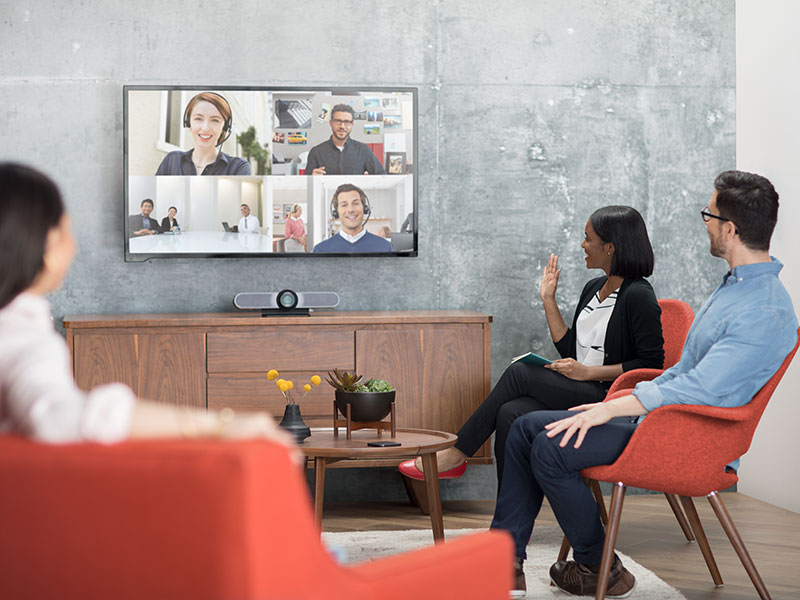
Author: Anne Marie Ginn, Senior Category Manager, Logitech Video Collaboration, EMEA
Top 5
‘Digital workplace’ is the new buzzword for businesses looking to embrace the technological, physical and cultural realities of today’s connected work style. The way we work continues to change at a rapid pace, and the physical workspace is changing as a result. Many employees work remotely, and technology allows them to stay connected with no loss of productivity, regardless of location. In fact, according to PwC’s study Work-life 3.0: Understanding How We’ll Work Next, almost 40 percent of US workers telecommute at least one day a week.
Designing the ideal workspace that enables employees to work, think, collaborate and socialise requires IT and facilities leaders to work hand-in-hand. Key considerations include: whether the spaces throughout the office are outfitted with the right technology tools for the work at hand; if the furnishings respond to employee needs; whether the entire space is easily flexible and can adapt to organisational changes; and if the business can achieve all of this at scale, in a cost-effective way.
Huddle together
The rise of the open office space makes for a busy, dynamic working environment and can bring challenges including background noise and a lack of space for small group conversations. The way we meet is also changing: shorter, more frequent and often ad hoc, team-based meetings are replacing long, extended, stale meetings.
The amount of time we spend in meetings, both virtually and in person, is changing too. Knowledge workers already spend a fair amount of time in meetings, with just over two meetings per day on average. And this trend is rapidly increasing: the emergence of a ‘power’ segment has been observed, with a new group of what Wainhouse Research refers to as ‘power meeters’ spending almost half their time in meetings.
Many companies are faced with defining the right technology path for their collaborative enterprise, and figuring out how to scale this in a cost-effective way
With the convergence of these trends – an increase in remote workers, a move to open offices and an increase in collaborative meetings – equipping employees with the right tools becomes especially important. As a result, ‘huddle rooms’ continue to rise in popularity. These informal meeting spaces provide a collaborative environment for small teams; a critical space for connected, mobile employees in open seating environments.
Fully equipped
It’s clear both the physical environment and the technology used have evolved in response to employee demand for collaborative tools. For many companies, the challenge is that this has happened organically, with a mixture of legacy technology, ‘bring your own device’ and ‘making do’ in the meeting room having a real impact on productivity – just think about the eight to 10 minutes often spent setting up a meeting. As a result, many companies are faced with defining the right technology path for their collaborative enterprise, and figuring out how to scale this in a cost-effective way.
After some 20 years of video conferencing, traditional conference room systems remain expensive and complex. This is reflected in the numbers, with Microsoft estimating that video conferencing systems have only been installed in less than five percent of conference rooms globally.
However, this is changing: the combination of a laptop or PC and a cloud-based conferencing application with USB-based peripherals is a powerful, low-cost alternative. The laptop peripheral approach, as it’s known, is suitable for mass adoption, and is a deployment method that gives IT teams full manageability.
As such, Logitech has developed MeetUp, a welcome addition to the growing market segment of video conferencing peripherals. An all-in-one, USB-based unit designed specifically for huddle rooms with a 120-degree field of view, MeetUp captures everyone in the room with 4K quality video and amazingly natural front-of-room audio. With a list price of around €1,000, it’s a cost-effective way for employers to video-enable huddle rooms, while employees appreciate productive meetings without technology getting in their way.

